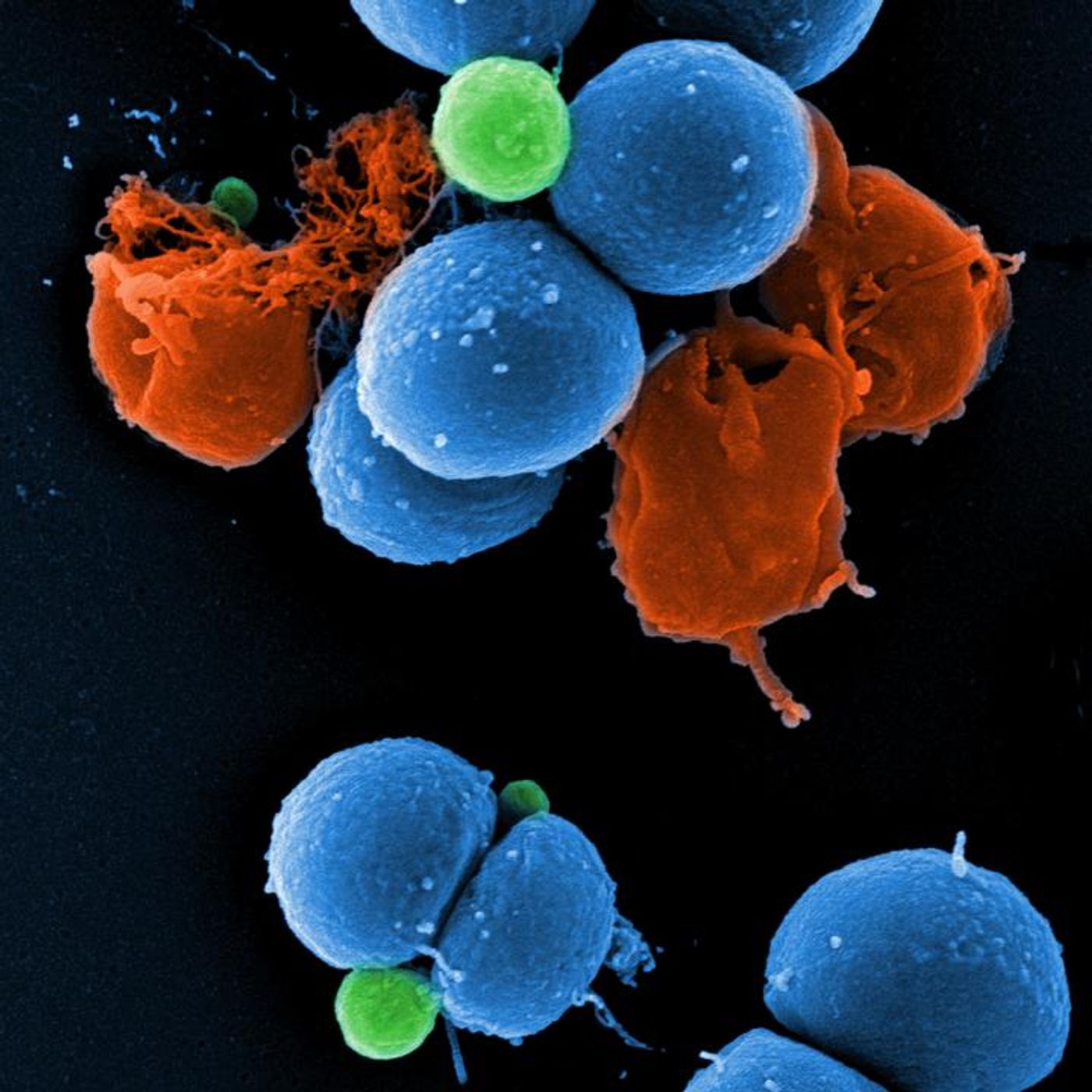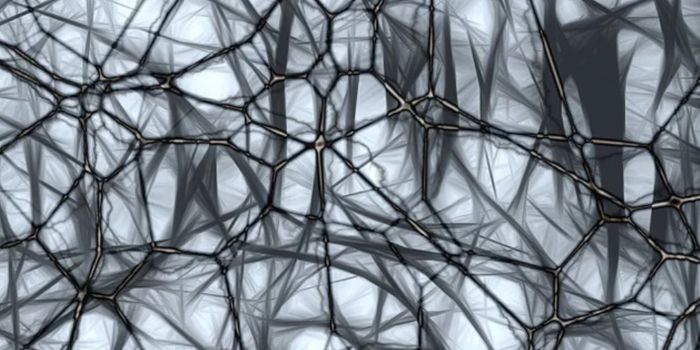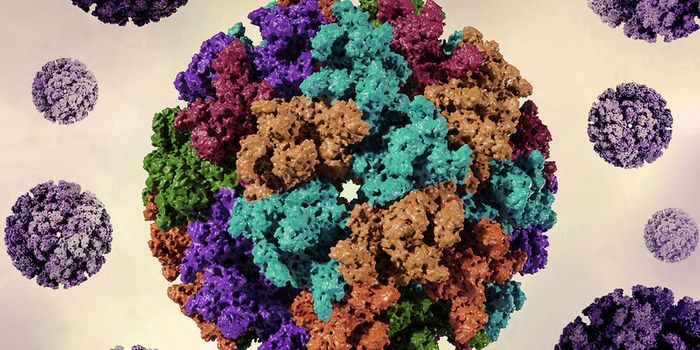Using a Cancer Drug to Fight Antibiotic-Resistant Pathogens
Antibiotics are a critical health resource, and they are becoming less effective. Antibiotic-resistant bacteria are considered to be a growing threat to public health for a variety of reasons, including the overuse and misuse of antibiotics. Researchers have been searching for effective and safe new antibiotics, and a team of scientists has now shown that a drug that's already approved as a cancer treatment can also combat microbial pathogens that are resistant to multiple drugs. The findings have been reported in Nature Chemistry.
"The industrial development of new antibiotics is stalling and not keeping pace with the spread of antibiotic resistance. We urgently need innovative approaches to meet the need for new infection therapies that do not lead directly to renewed resistance," noted Professor Eva Medina, director of the Helmholtz Center for Infection Research (HZI) Infection Immunology Research Group.
It takes a long time for a drug to be approved for use in humans; repurposing existing drugs is one way to get around that hurdle. "Our focus was on a class of human proteins, called kinases, which have many inhibitors, to begin with," said study leader Stephan Sieber, professor of organic chemistry at Technical University of Munich (TUM).
The researchers chemically altered the cancer drug sorafenib to enhance its efficacy against methicillin-resistant Staphylococcus aureus (MRSA); the molecule they created, called PK150, is now ten times more effective than it was before the chemical modification.
Like many antibiotics, PK150 can have a deleterious impact on the bacterial cell wall, which can lead to cell death. It acts in a different way than other antibiotics, however. It is more indirect; it disrupts the production of proteins, causing bacteria to add too many proteins to the cell wall. The wall becomes too thick on the outside, making the cell burst. PK150 also interferes with an important protein that plays a role in energy metabolism in bacteria.
When the researchers tested PK150 in a mouse model, it worked in many tissues and did not cause resistance to develop.
"As a result of the chemical changes to the molecule, PK150 no longer binds to human kinases, but acts very specifically against bacterial targets," said Sieber.
"MRSA infections are very often chronic, as the bacteria can become dormant. PK150 even kills these, as well as germs protected in biofilms," added Professor Dietmar Pieper, head of the HZI research group "Microbial Interactions and Processes."
Sources: AAAS/Eurekakert! via TUM, Nature Chemistry









